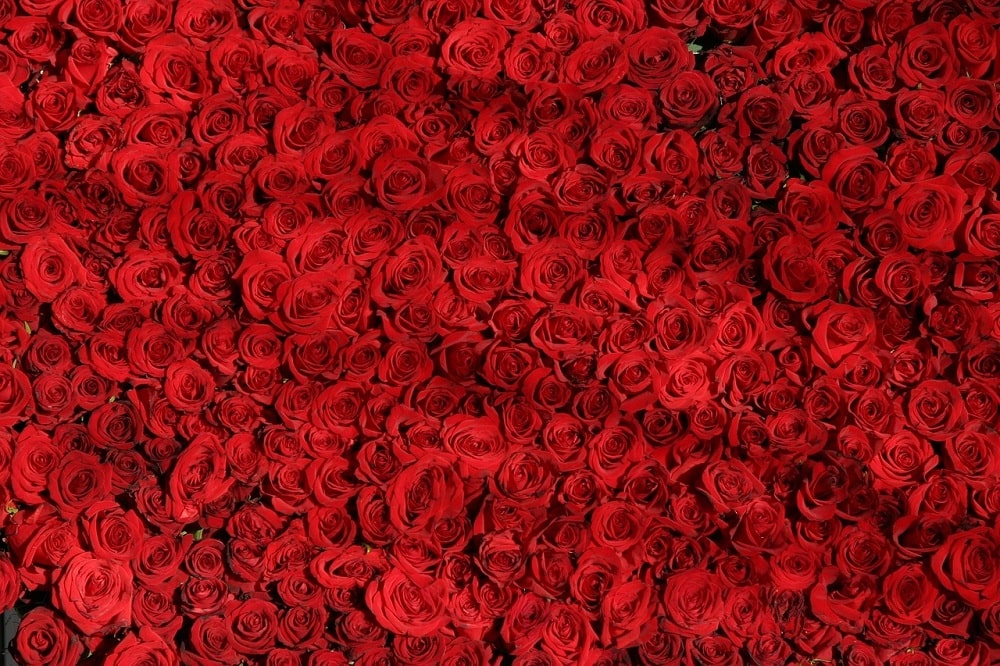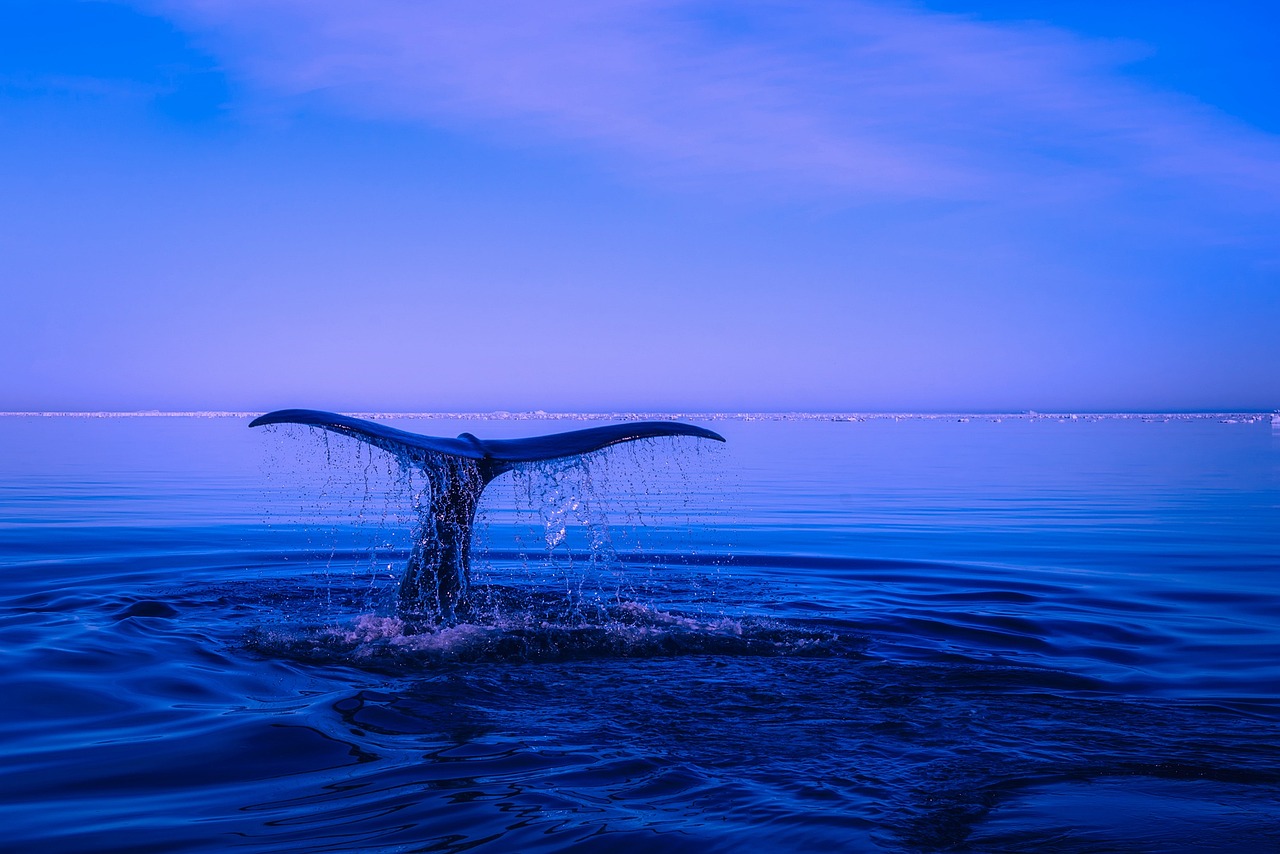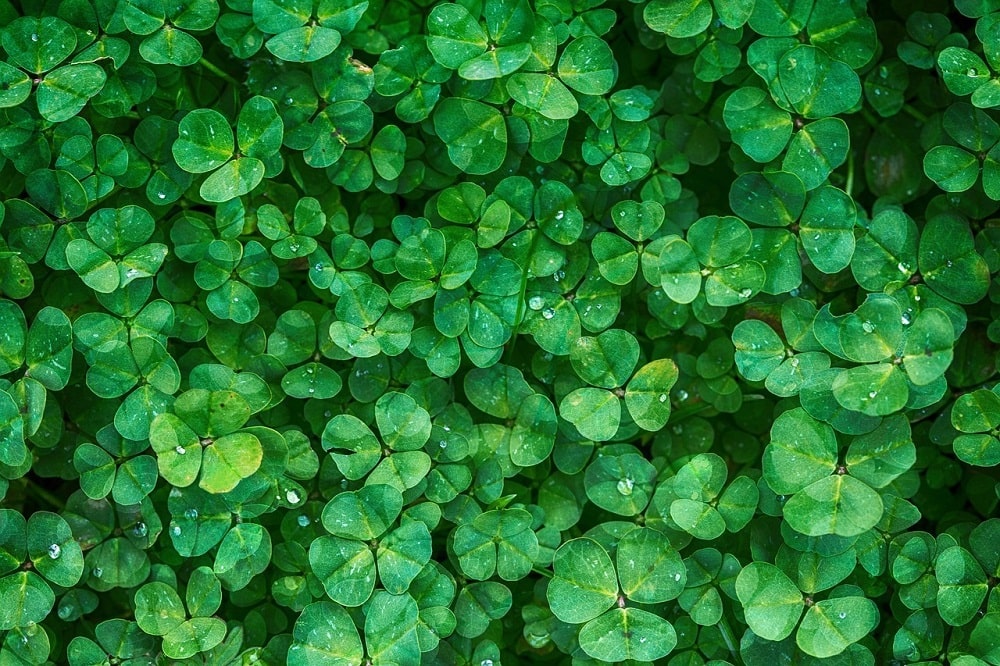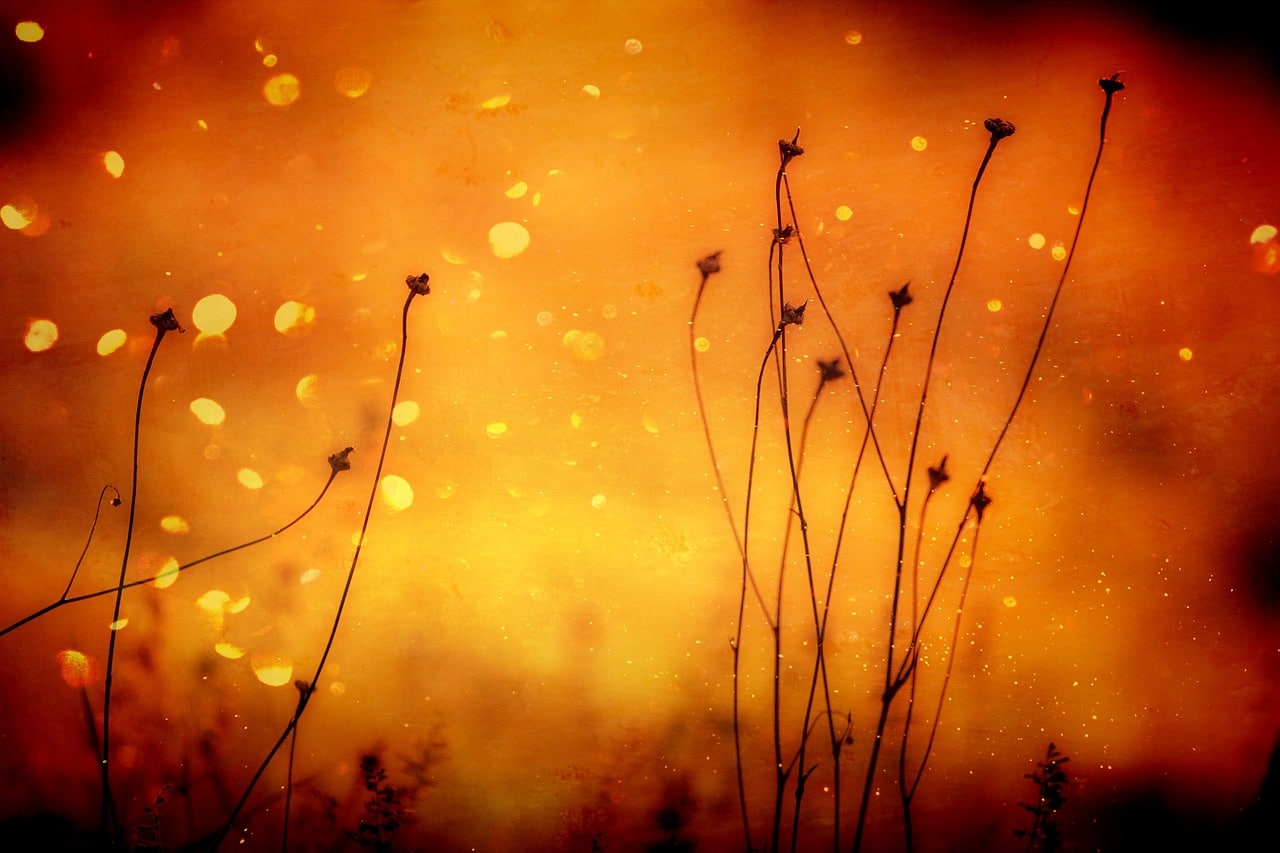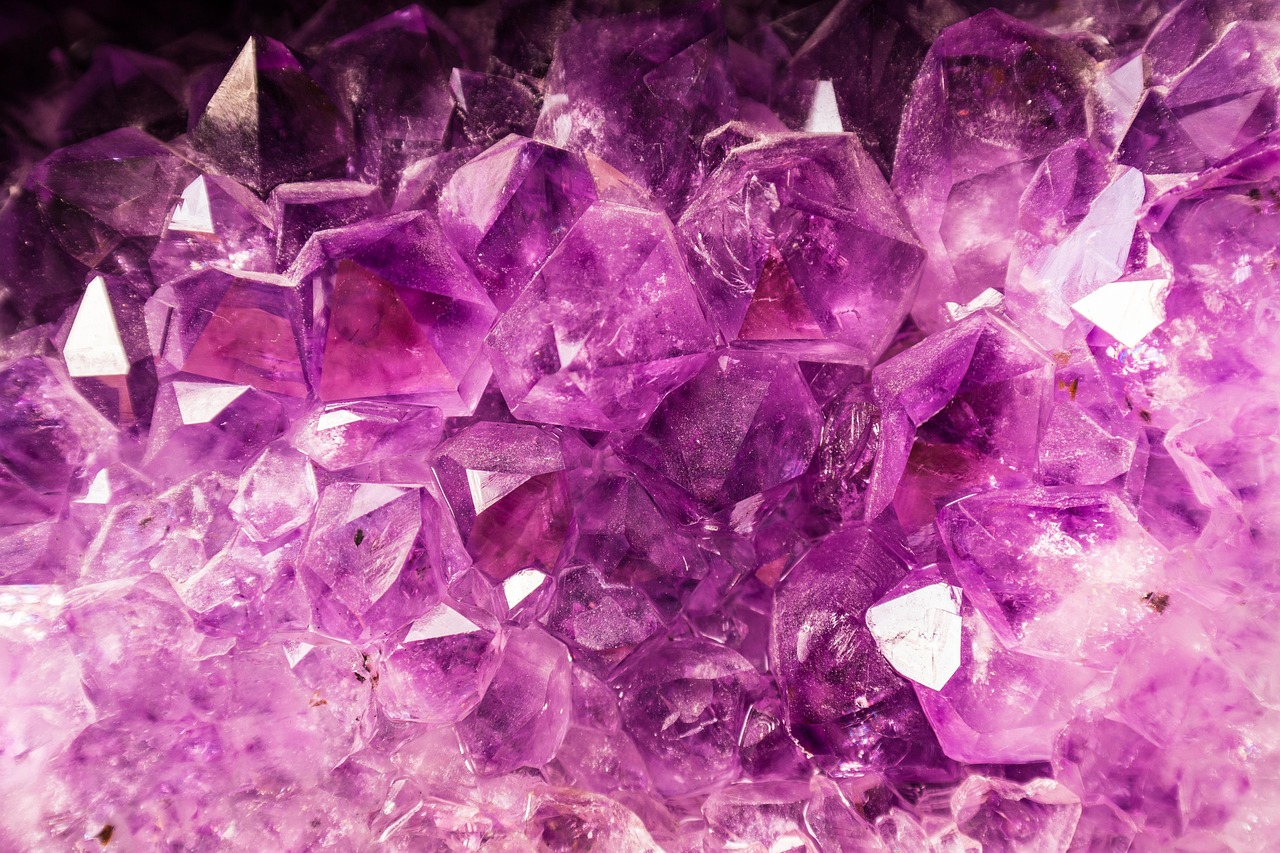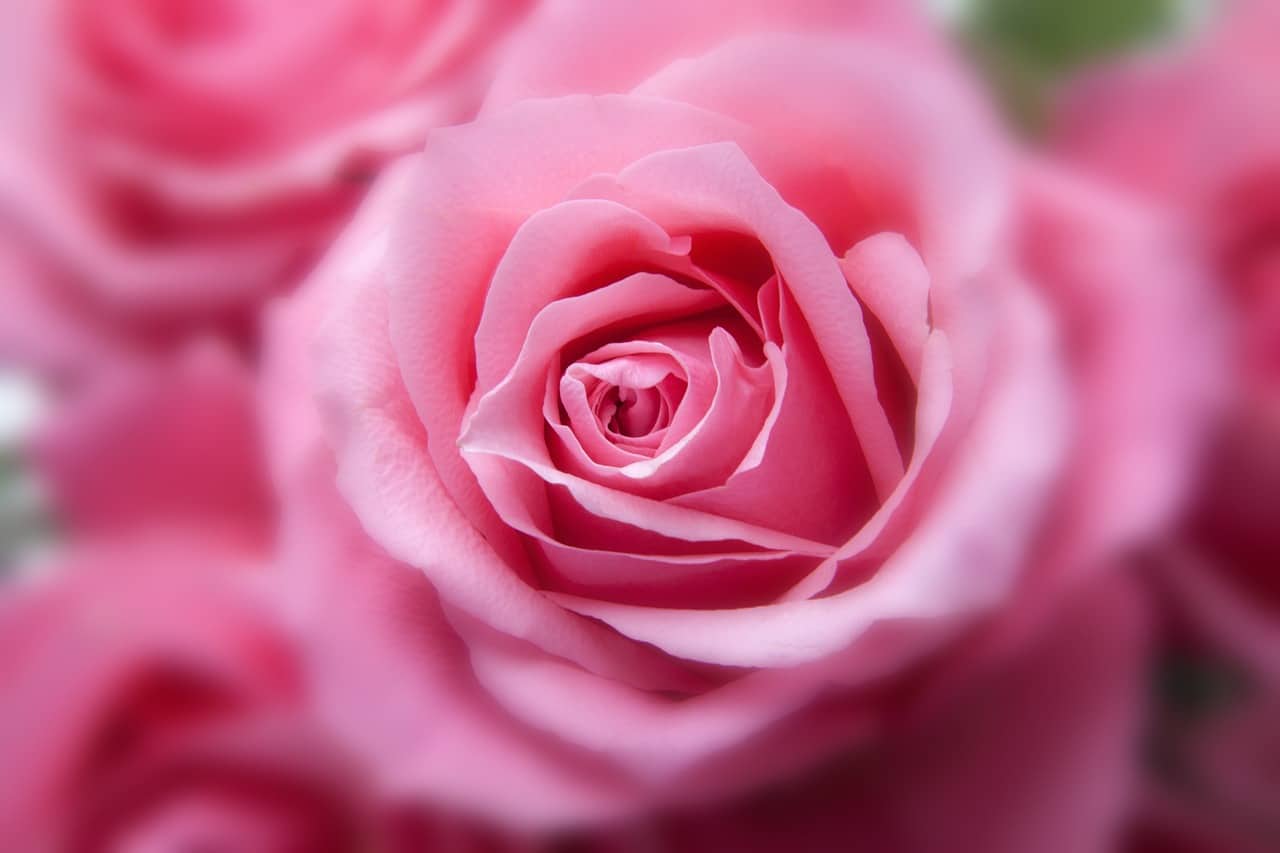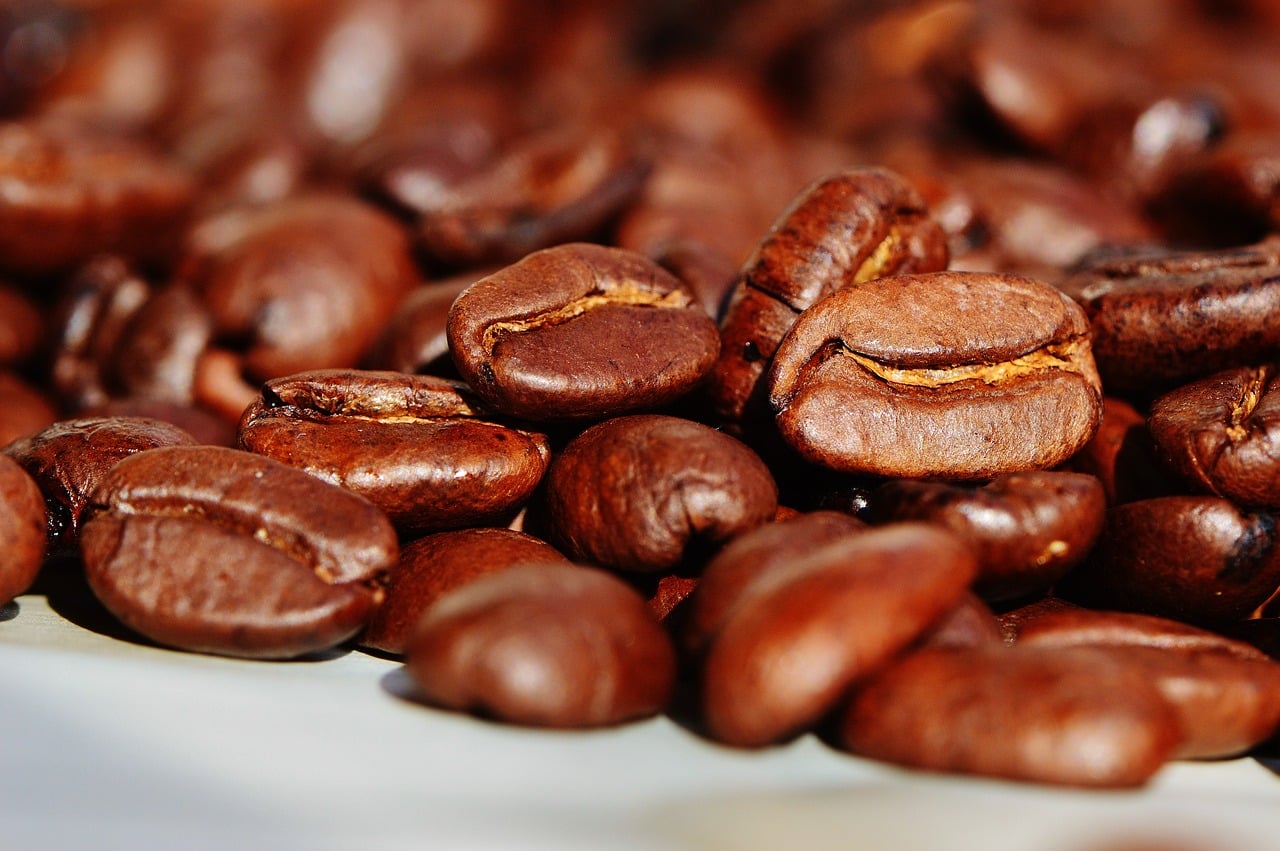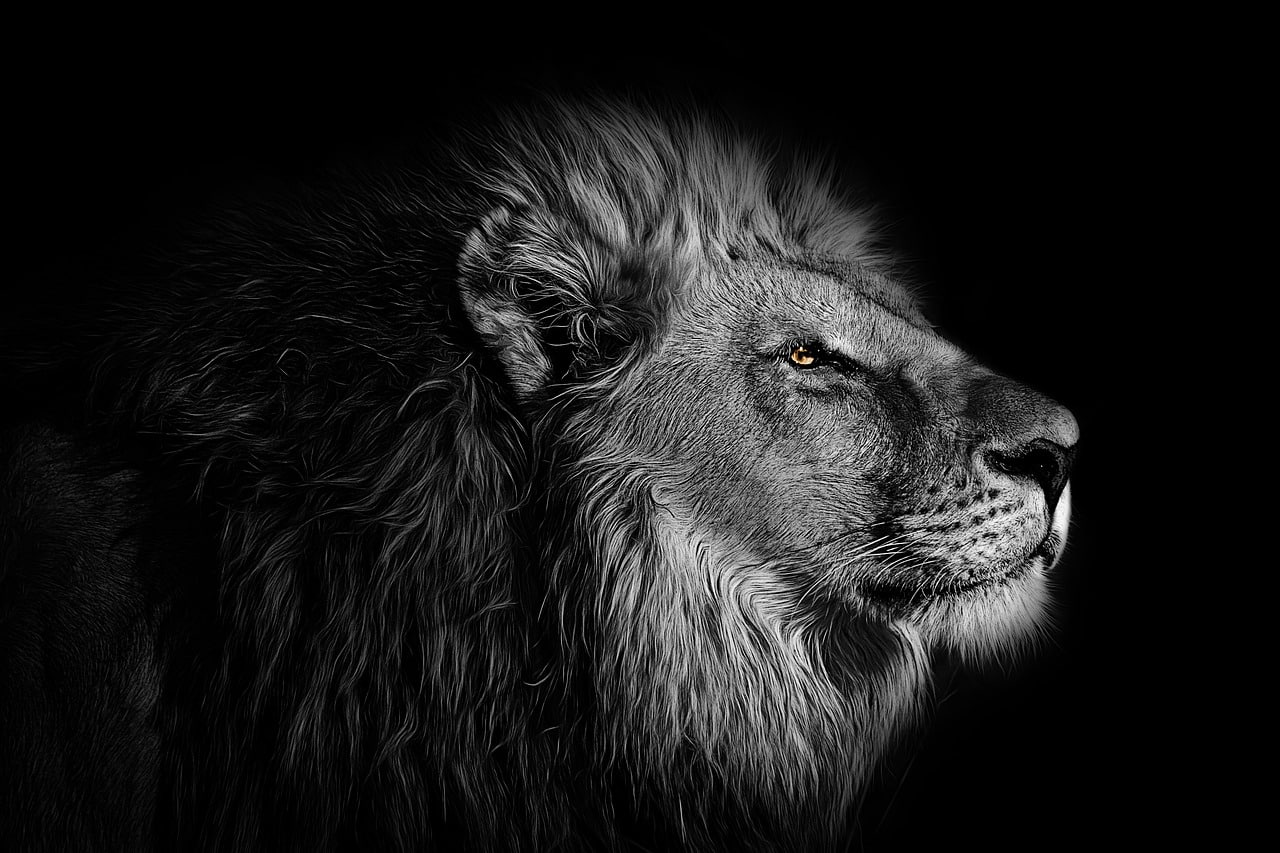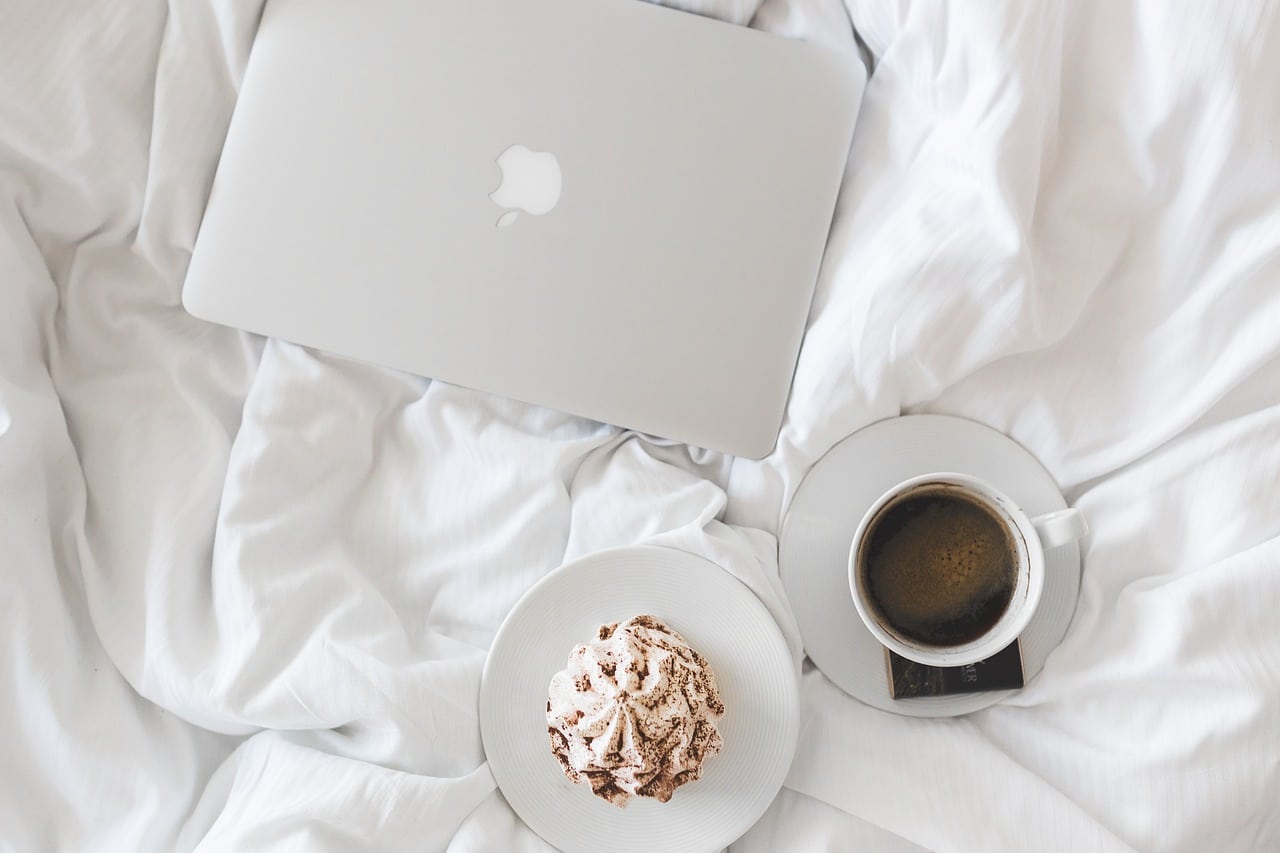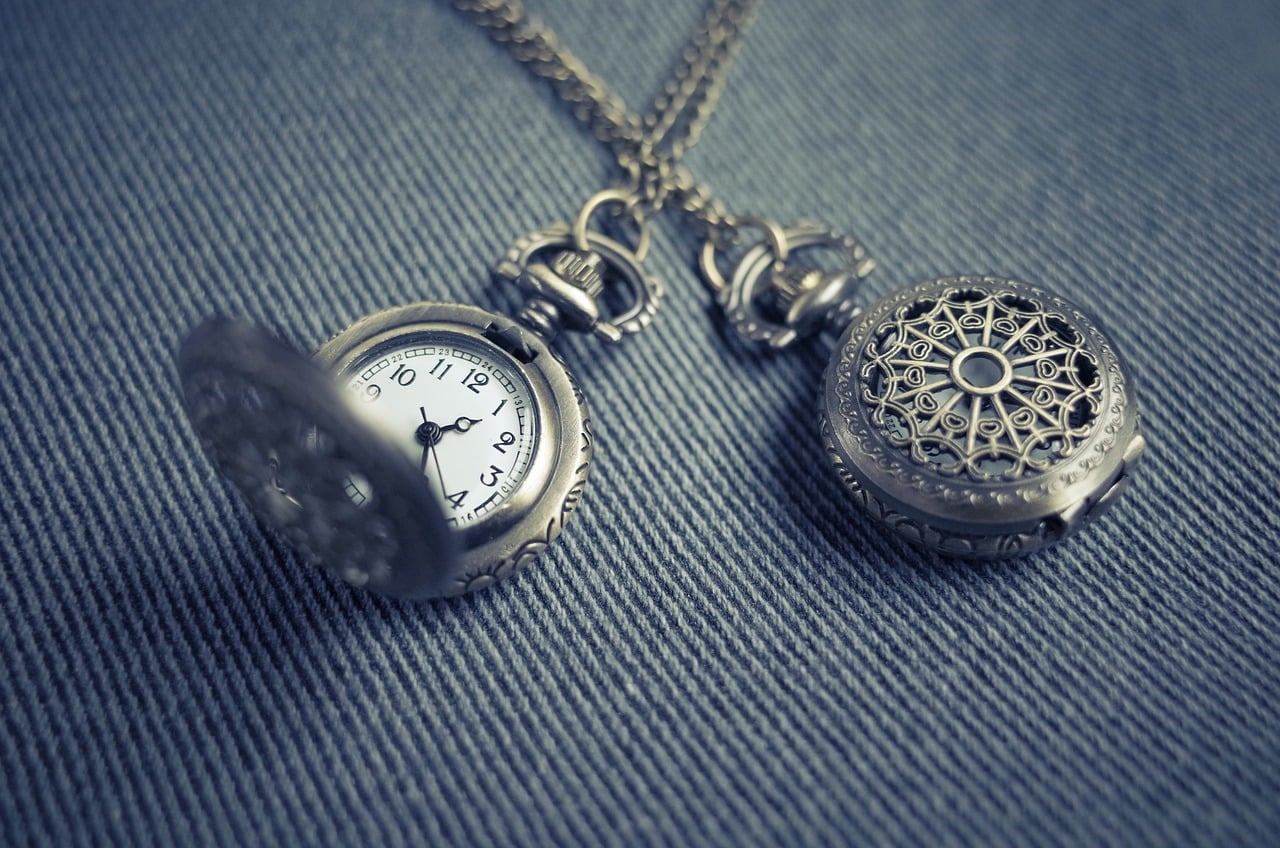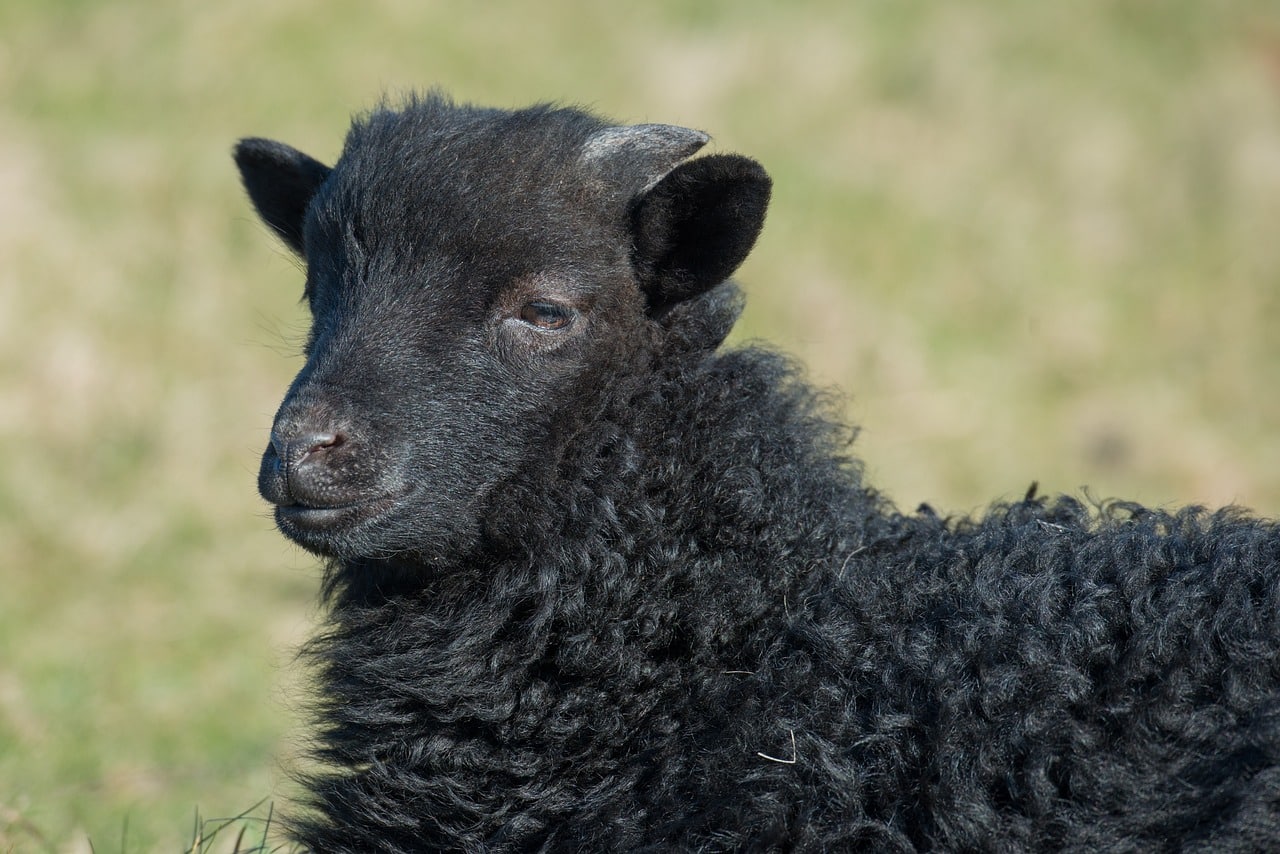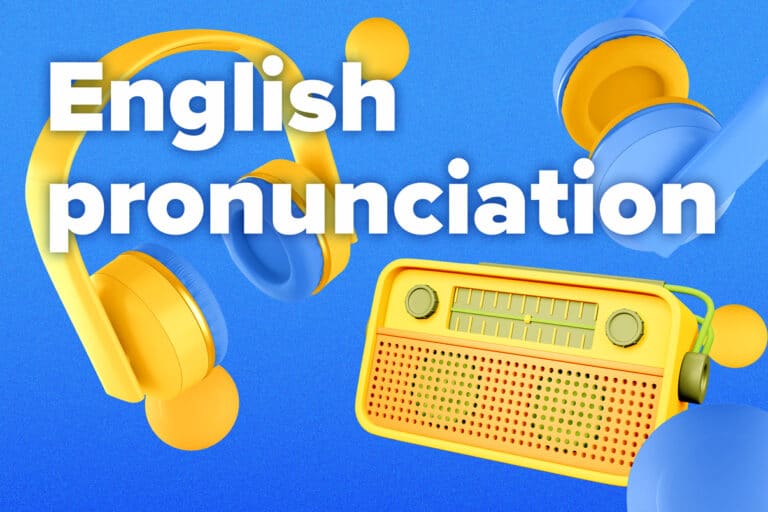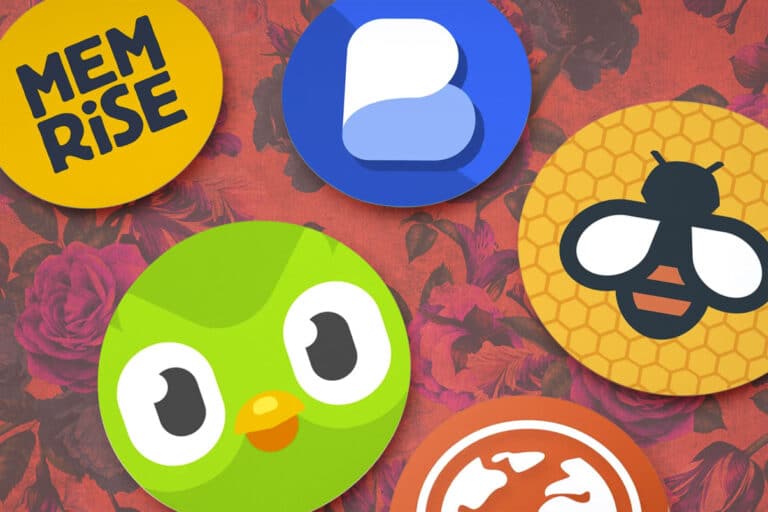Colors in English: 270+ Words and Phrases
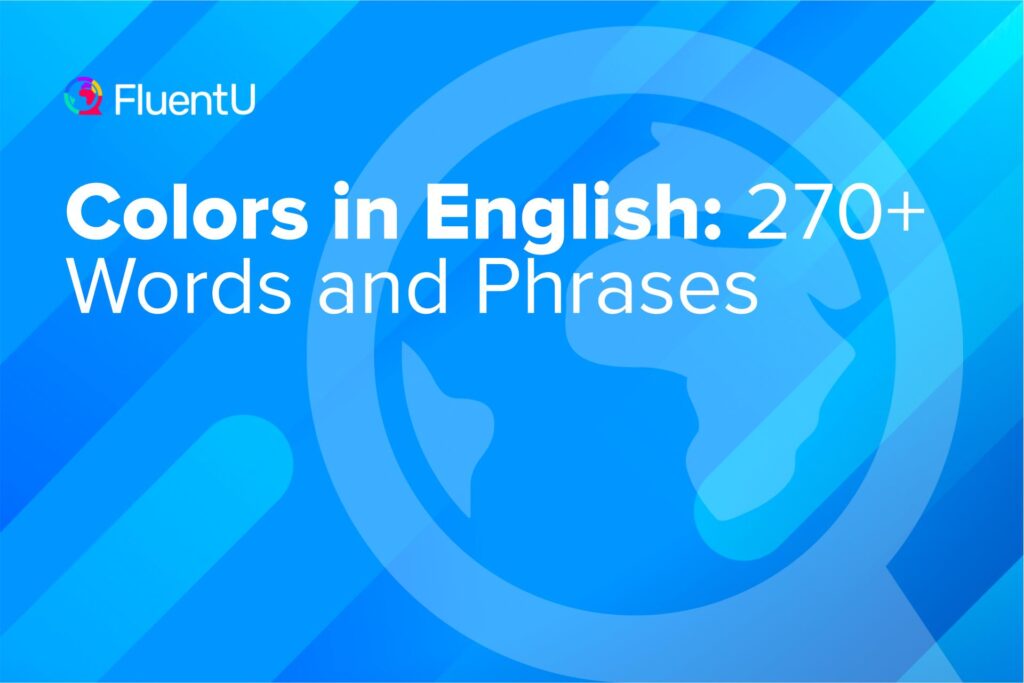
Is your favorite color red, or specifically crimson or ruby? There’s a whole world of shades, tints and color vocabulary to learn beyond the basics.
Learn over 220 shades of English colors in this post. You’ll also find out their cultural and emotional significance in English-speaking cultures and over 50 related vocabulary words and phrases.
Download: This blog post is available as a convenient and portable PDF that you can take anywhere. Click here to get a copy. (Download)
Color Names in English
Before we get into different shades, let’s get to know the most basic color names in English. Here are the ones you need to know:
| English | Color | |
|---|---|---|
| Red | ||
| Blue | ||
| Yellow | ||
| Green | ||
| Orange | ||
| Purple | ||
| Pink | ||
| Brown | ||
| Black | ||
| White | ||
| Gray / Grey | ||
| Silver | ||
| Gold |
Color Shades in English
Shades of Red
Red is the color of love. It’s a passionate color, and symbolizes romance and desire. There’s nothing quite like getting a red rose on Valentine’s Day!
If you live in the United States like me, you might also see red as a patriotic color (along with white and blue, the colors of the American flag). This is true even though red was traditionally also the symbol of communism and revolution, and even gave rise to the “red scare” during the Cold War. Red is also the color for exit signs here in New York, but if you travel to Europe, China or even Portland, Oregon, the signs will be green, instead.
You’ll also often see red in advertisements (some famous brands use red to stand out among the competition) and celebrations, especially around Christmas.
| English | Color | |
|---|---|---|
| Crimson | ||
| Scarlet | ||
| Ruby | ||
| Cherry | ||
| Burgundy | ||
| Maroon | ||
| Brick red | ||
| Mahogany | ||
| Vermilion | ||
| Rose | ||
| Coral | ||
| Tomato red | ||
| Fire engine red | ||
| Rust | ||
| Wine | ||
| Blood red | ||
| Garnet | ||
| Raspberry | ||
| Cranberry |
Shades of Blue
While red is energetic and exciting, blue is calm and peaceful. It’s the color of the ocean and the sky, and is just a relaxing color—and there’s even science to back this up! The color’s relation to water also makes it a frequent symbol of refreshment and cleanliness.
Blue is also associated with professionalism and trust. Can you imagine walking into the doctor’s office and seeing all the nurses wearing bright red? I’d run out of there! The combination of clean, professional calm is why most medical logos and even uniforms are a shade of blue. Ahh, much better.
The other side of the color blue is its relation to sadness and melancholy. If you’re feeling a little sad, you might say you’re “feeling blue.”
Shades of Yellow
Yellow is one of my personal favorite colors because it’s such a positive and joyful color. It’s often used in symbols and advertisements related to summer. Doesn’t just looking at the color yellow make you feel a little warmer?
Yellow is also a bright and highly visible color, making it a popular color to use to highlight important elements. Everything from safety clothing and caution traffic lights and signs, to literal highlighters are a fluorescent yellow.
Shades of Green
Look at the nature around you. How much of it is green? This, of course, is why green is associated with nature, symbolizing growth, freshness, fertility and health. Green is used in health and wellness brands often. It’s even the color used in the official government organic seal in America, Europe and other parts of the world.
Like blue, green has been shown by science to have a calming effect on people. It’s also a symbol of luck—four-leafed clovers are green, of course.
On the other hand, green is also associated with jealousy: Someone who’s jealous is said to be “green with envy.” As someone who plays many video games, I also think of green as the color of sickness, poison and radiation.
Shades of Orange
Fiery orange is associated with energy and vitality. It’s a warm, almost hot color, that’s often used to show excitement and enthusiasm. Some people say that orange even inspires creativity.
Orange is also associated with change thanks to its strong connection to the colors of the changing leaves in autumn. It’s a beautiful color with many shades to discover!
Shades of Purple
Purple is a rich color, usually used to symbolize royalty and luxury. This is because for a long time in history, the dyes used to create purple were rare and expensive.
Because of its rarity, the color is also seen as being mysterious. This has led to it being used many times to show magic, spirituality and mysticism. This also makes it a useful tool in showing when something or someone in media is powerful or rare or when they’re mysterious.
On the other hand, purple can also be feminine and romantic. This combination of meanings is why you’ll see both villains and heroines in Disney films wearing purple.
| English | Color | |
|---|---|---|
| Lavender | ||
| Lilac | ||
| Violet | ||
| Amethyst | ||
| Plum | ||
| Mauve | ||
| Orchid | ||
| Grape | ||
| Eggplant | ||
| Megenta | ||
| Mulberry | ||
| Royal purple | ||
| Periwinkle | ||
| Thistle | ||
| Iris | ||
| Wisteria | ||
| Fuchsia pink | ||
| Byzantium |
Shades of Pink
Pink shows the softer side of romance and love. Where red is passionate and exciting, pink is sweet and tender. And I mean “sweet” literally, here: Your brain thinks that pink candies are sweeter than they actually are.
Today, light pink is associated with little girls, while light blue is used for little boys. This wasn’t always like this—pink used to be a “manly” color until around the 1950s—but this association today, much to my annoyance, has led to many things in the west “for girls” being branded as pink.
The pink ribbon is the international symbol of breast cancer awareness, so pink is now also closely associated with hope and support.
Shades of Brown
Brown is an often overlooked color. It’s the color of earth and wood, and is seen as a strong and solid color. Brown is used in spaces to make them look “rustic” or natural and connected to earth. The color is associated with comfort since it’s the color of both soil (which nourishes life) and coffee (which probably nourished you this morning!).
Brown is also part of a range of earth tones that are associated with ethnic diversity and cultural heritage. It can represent cultural richness and a celebration of different backgrounds.
| English | Color | |
|---|---|---|
| Beige | ||
| Tan | ||
| Taupe | ||
| Chestnut | ||
| Coffee brown | ||
| Caramel | ||
| Chocolate brown | ||
| Rust brown | ||
| Sepia | ||
| Umber | ||
| Walnut brown | ||
| Sienna | ||
| Copper brown | ||
| Tawny | ||
| Hazelnut | ||
| Mocha | ||
| Burnt sienna | ||
| Goldenbrown |
Shades of Black
Black is the absence of light: It’s the color you see when you remove all other color, and also the color you see when you combine all the colors.
The color has many sides. Black is associated with negative things: a black mood, the black sheep of the family, black magic. It’s sneaky, associated with mystery and hiding. In the west, people who are in mourning show their grief by wearing black.
But black is also sophisticated, serious and elegant. When you go to a formal event, you might wear a black suit or dress. Expensive brands love black for their logos—and if I’m greeted at a restaurant by a host in black, I know my wallet will be hurting when I leave.
Shades of White
White is both literally and culturally the opposite of black. It’s the color of light and celebrations (except in China, where it’s the color of death and bad luck).
Brides in the west traditionally wear white dresses in their weddings. That’s because the color is a symbol of purity and innocence, and you can sometimes see this in popular media and even art, when naive or pure-hearted characters wear white.
White is also associated with cleanliness. Imagine a fresh white sheet on your hotel bed—the color makes it feel cleaner. So much so that many popular laundry detergent brands actually use chemicals called optical brighteners that actually make your clothes seem like they’re whiter.
Shades of Gray / Grey
Gray is the most neutral of all the colors, expressing balance and a middle ground between black and white. Although its neutrality can be a good thing, gray is also seen as dull, and can be used to show a lack of color. A gray, rainy day can make people feel sad. Depression can make the world look gray, literally, and this is often shown in movies and TV shows where sad characters see the world in shades of gray.
Despite the popularity of the book “50 Shades of Gray,” the human eye can actually see closer to 30 shades of gray. Here are a few of them:
English Color Vocabulary
How can you talk about color in English? Knowing the names for the basic colors and their many shades is just the beginning. Here are some important vocabulary words about colors that can help you discuss with your friends if that dress is blue or gold.
- Hue : The specific color or tone of an object or surface, like red, blue or green.
- Shade : A darker version of a color created by adding black to it.
- Tint : A lighter version of a color created by adding white to it.
- Saturation : The intensity or richness of a color. Higher saturation means the color is more vibrant and vivid.
- Color wheel : A circular diagram that organizes colors based on their relationship to one another, helping to show the relationships between colors.
- Primary colors : The basic colors that can’t be created by mixing other colors—red, blue and yellow. Note that some people argue that the true primary colors are actually magenta, yellow and cyan. You can learn more about why this is here.
- Secondary colors : Colors obtained by mixing two primary colors, like orange, green and purple.
- Complementary colors : Colors that are opposite each other on the color wheel and create a strong contrast when placed together, like blue and orange or yellow and purple.
- Chromatic : Full of color or vibrant hues, lacking grayscale or muted tones.
- Monochromatic : Consisting of shades and tints of a single color.
- Light : The opposite of dark, referring to colors that are bright and not heavily shaded or blackened.
- Dark : The opposite of light, describing colors that are deeply shaded or blackened, often associated with dimness or lack of light.
- Bright : Describing colors that are vivid, vibrant and emit a strong light or glow.
- Pale : A very light or washed-out version of a color, lacking intensity or depth.
- Vibrant : Describing colors that are vivid, energetic and full of life.
- Pastel : Soft, light shades of colors often used to create a gentle and delicate aesthetic.
- Warm colors : Colors such as red, orange and yellow that evoke a sense of warmth and energy.
- Cool colors : Colors such as blue, green and purple that convey a sense of calmness and tranquility.
- Neutral colors : Colors that aren’t on the color wheel, such as black, white, gray and brown, often used as a backdrop or to balance other colors.
- Palette : A range of colors available for use in a particular artwork or design.
- Contrast : The difference between light and dark or between different colors, often used to create visual interest.
- Color scheme : The deliberate selection and combination of colors to create a specific visual effect or mood.
- Color theory : The study of how colors interact, blend and affect human perception, often used in art and design.
English Color Phrases, Expressions and Idioms
You learned a little about colors and their associations earlier. You probably won’t be too surprised to learn that colors have snuck into everyday speech due to their meanings and associations. From a jealous green to a sad blue, here are some common expressions, phrases and idioms with colors that you might hear!
- True colors : Someone’s true personality or intentions. If someone is acting in a way that’s true to their nature, usually in a negative way, you can say that they’re “showing their true colors.”
- Paint the town red : To go out and have a wild or enjoyable time, often involving partying or celebration.
- Caught red-handed : To be caught in the act of doing something wrong or illegal.
- Red flag : A warning sign or indication of danger or a problem.
- Red tape : Excessive bureaucracy or administrative procedures that hinder progress or efficiency.
- Feeling blue : Feeling sad, melancholic, or downcast.
- Out of the blue : Unexpectedly or without any warning.
- Blue-collar worker : Someone who performs manual labor or works in a non-office job.
- Yellow-bellied : Lacking courage or being cowardly.
- Yellow journalism : Referring to sensationalized or exaggerated news reporting.
- Green with envy : Feeling extremely jealous or envious.
- Green-eyed monster : A metaphorical expression for jealousy or envy.
- Green thumb : A natural talent or skill for gardening and plant care.
- Green light : Approval or permission to proceed with something.
- Purple prose : Excessively flowery or exaggerated writing or speech.
- Tickled pink : Feeling extremely delighted or pleased about something.
- In the pink of health : In very good health and condition.
- See the world through rose-tinted glasses : To have an overly optimistic or positive view of things, often ignoring or downplaying the negative aspects.
- Pink slip : A notice of termination or dismissal from employment.
- Black and white : Clear-cut or unambiguous, with no gray areas or room for interpretation.
- Black sheep : A person who’s considered the odd one out or the outcast in a family or group.
- White lie : A harmless or small lie told to avoid hurting someone’s feelings or causing trouble.
- White-knuckle : Referring to a gripping or intense experience that causes fear or anxiety.
- Gray area : A situation or topic that is unclear or not easily categorized.
- Gray matter : Referring to intelligence or brainpower.
- Silver screen : Referring to the film industry or movies in general.
- Silver lining : Finding something positive or beneficial in a difficult or negative situation.
- Golden opportunity : A perfect chance or favorable circumstance to achieve something.
How to Learn English Colors
Hungry for more colorful learning? Here are some ways to learn and practice colors in English:
- Flashcards: You can make your own color-themed flashcards or you can head to a website that has premade flashcards that you can print.
- Color games: To test your knowledge of the basic colors, you can play color games online. This one from MES-Games will test you on reading, listening and even grammar. The games on Agenda Web are also a good option, and include writing practice, as well.
- Color mixing: Explore color mixing by using primary colors (red, blue and yellow) to create other colors. Experiment with mixing different amounts of colors to observe the results. You can do this with actual paints, then name them based on the shade they’re closest to in this article. Trycolors has some fun and colorful ways to do this digitally, with a free-mix option and even some color games. It names all the colors, so you’ll know what you’re looking at!
- Color scavenger hunt: Go on a walk and look carefully around you for objects of specific colors. Give yourself challenges, like finding something in each different basic color, or seeking out shades of blue.
- Color songs and rhymes: Sing songs or recite rhymes that incorporate color words to reinforce color vocabulary in a fun way. There are many songs and poems made to help kids learn colors out there for you to watch. And since they’re made for kids, they’re simple and memorable, with lots of bright colors! For example, sing about your favorite color with Super Simple Songs or learn colors with Bob the Train. You can also find many more videos to help you learn colors (and many other words) on FluentU.
FluentU takes authentic videos—like music videos, movie trailers, news and inspiring talks—and turns them into personalized language learning lessons.
You can try FluentU for free for 2 weeks. Check out the website or download the iOS app or Android app.
P.S. Click here to take advantage of our current sale! (Expires at the end of this month.)

Now you’ll feel prepared to go out and talk about colors with native English speakers. With all these English color words in your vocabulary, you might see the world as a brighter and more colorful place!
And One More Thing...
If you like learning English through movies and online media, you should also check out FluentU. FluentU lets you learn English from popular talk shows, catchy music videos and funny commercials, as you can see here:
The FluentU app and website makes it really easy to watch English videos. There are captions that are interactive. That means you can tap on any word to see an image, definition, and useful examples.
For example, when you tap on the word "searching," you see this:
Learn all the vocabulary in any video with quizzes. Swipe left or right to see more examples for the word you’re learning.

FluentU helps you learn fast with useful questions and multiple examples. Learn more.
The best part? FluentU remembers the vocabulary that you’re learning. It gives you extra practice with difficult words—and reminds you when it’s time to review what you’ve learned. You have a truly personalized experience.
Start using the FluentU website on your computer or tablet or, better yet, download the FluentU app from the iTunes or Google Play store. Click here to take advantage of our current sale! (Expires at the end of this month.)
